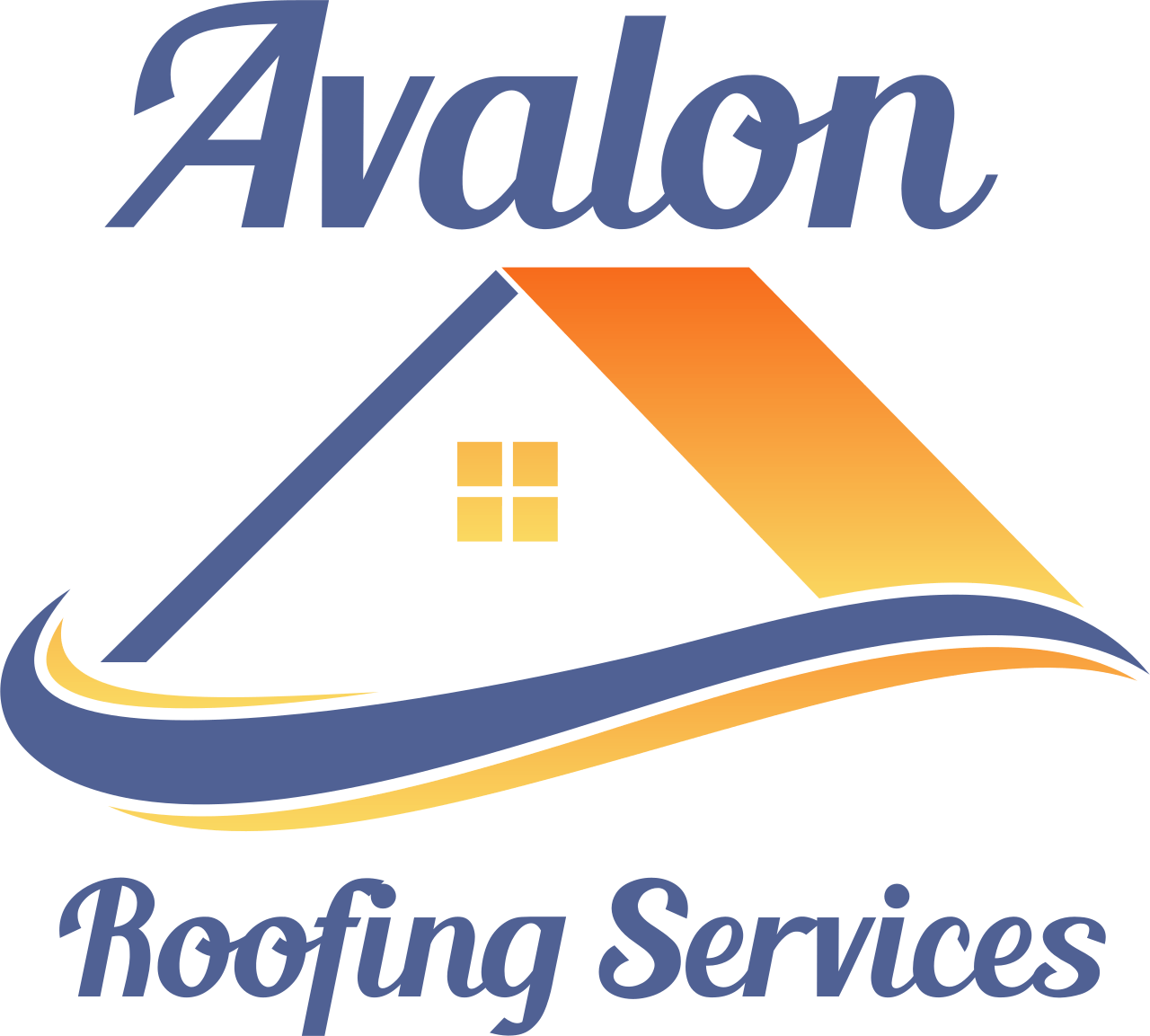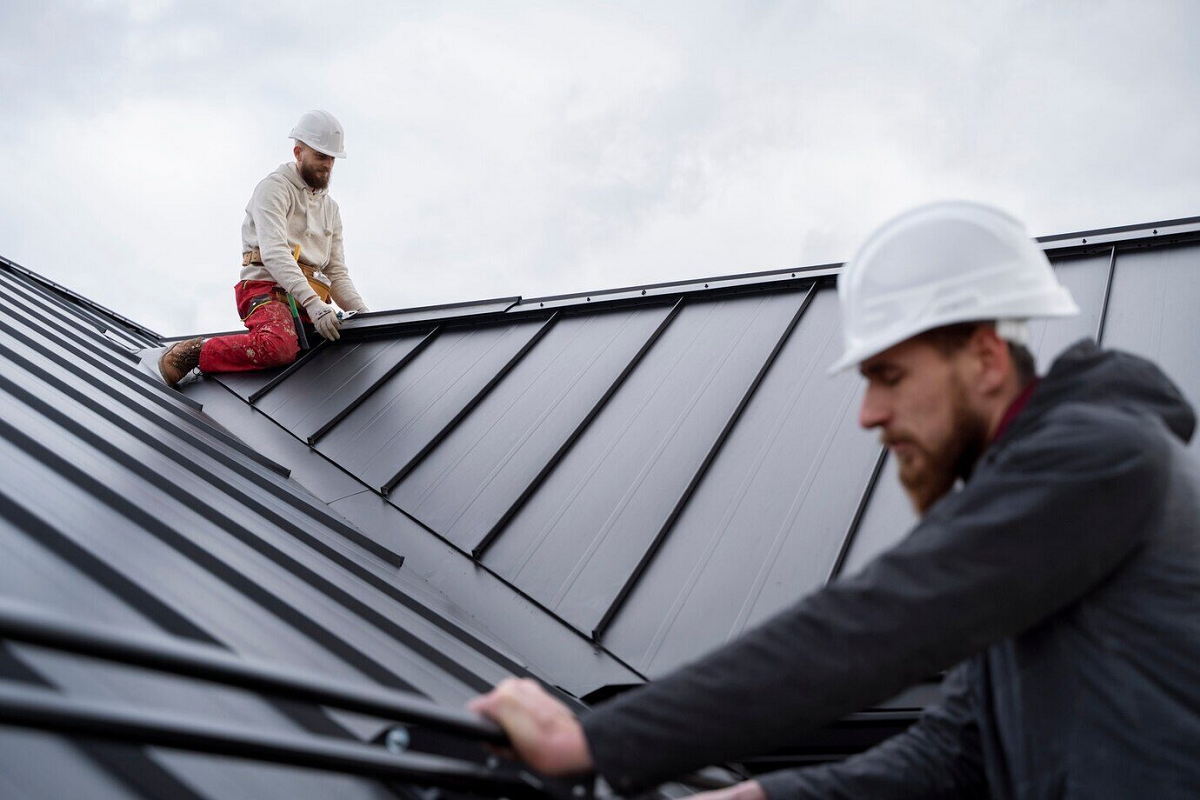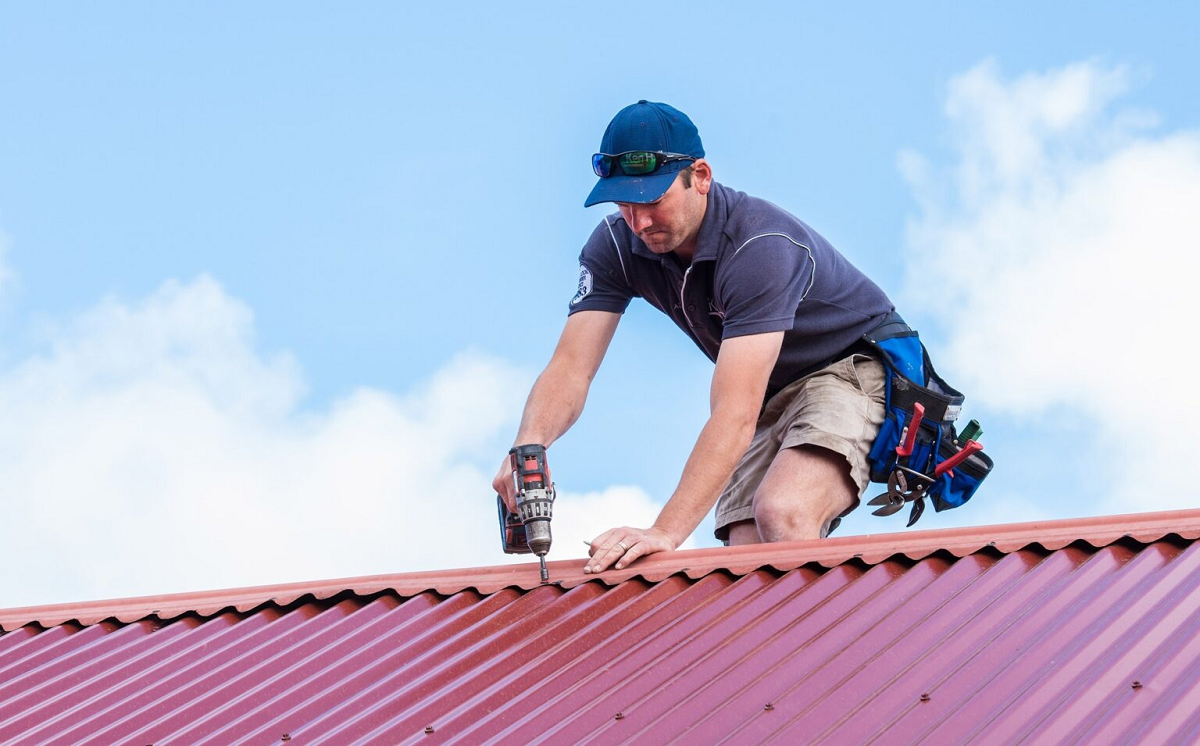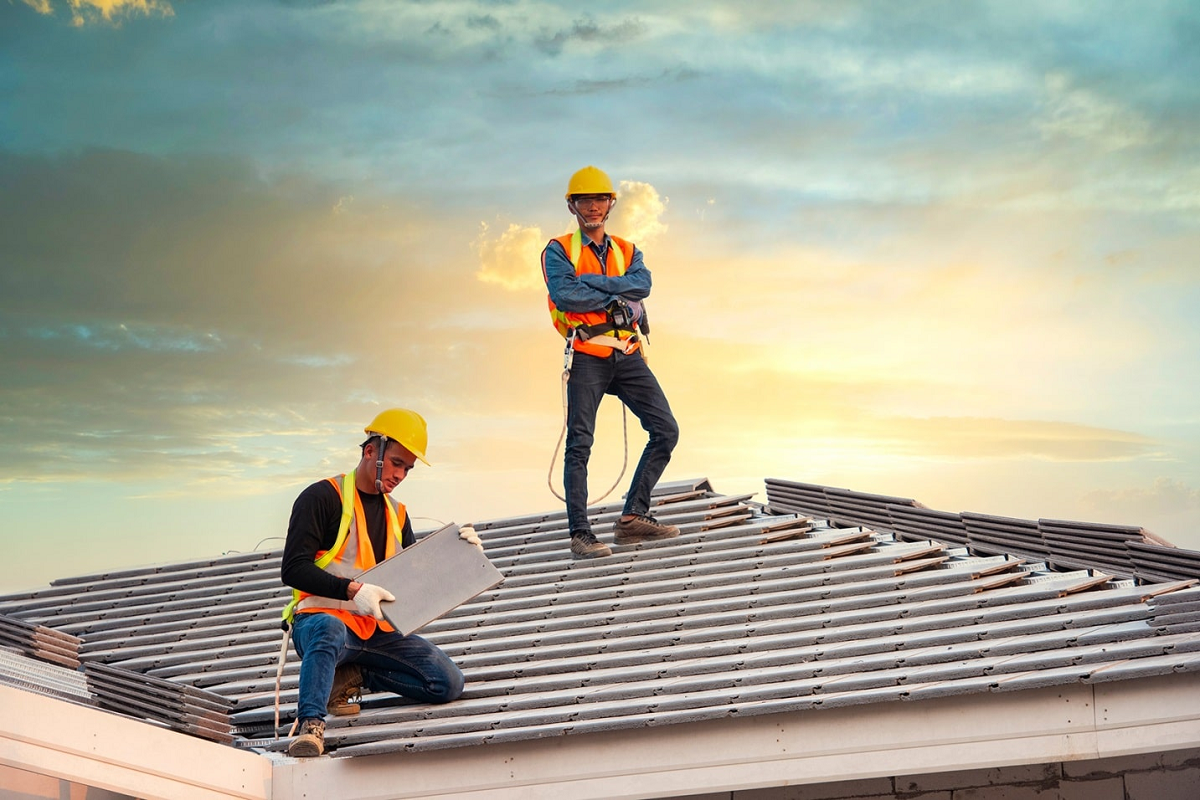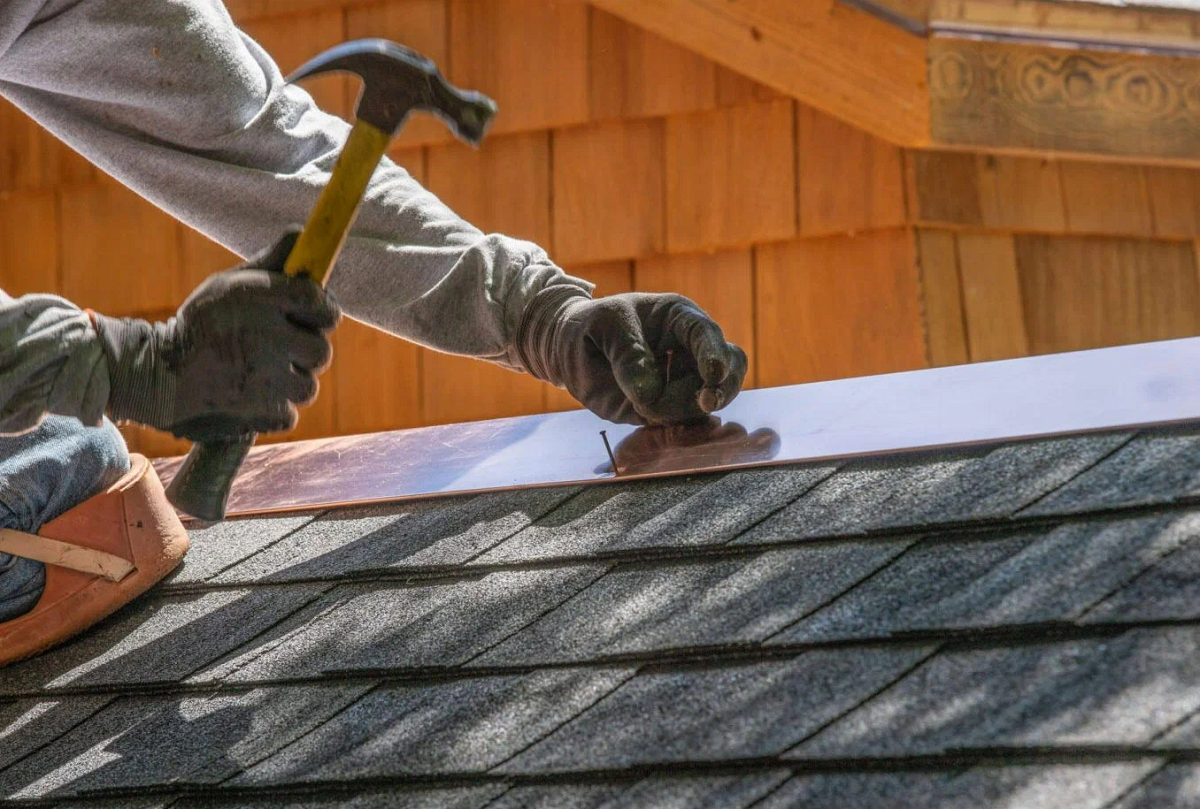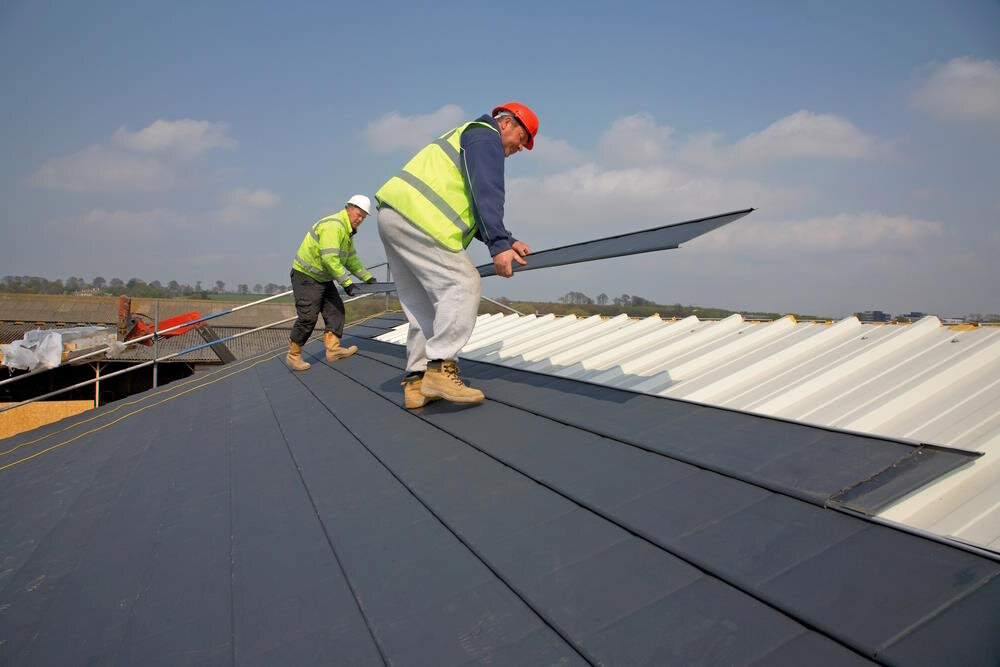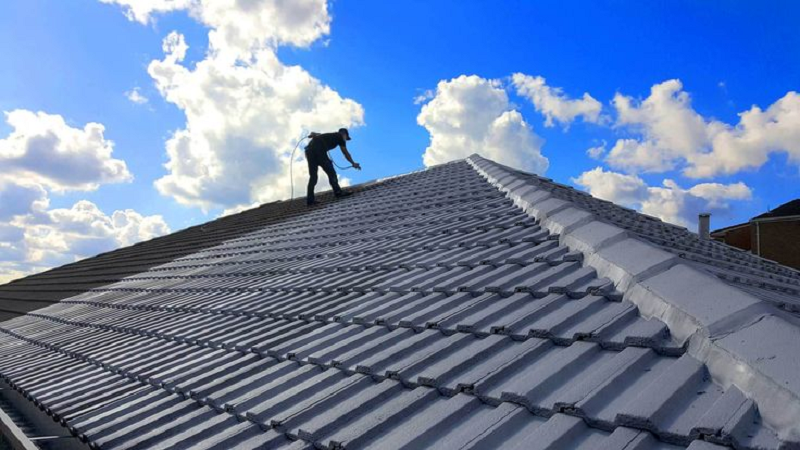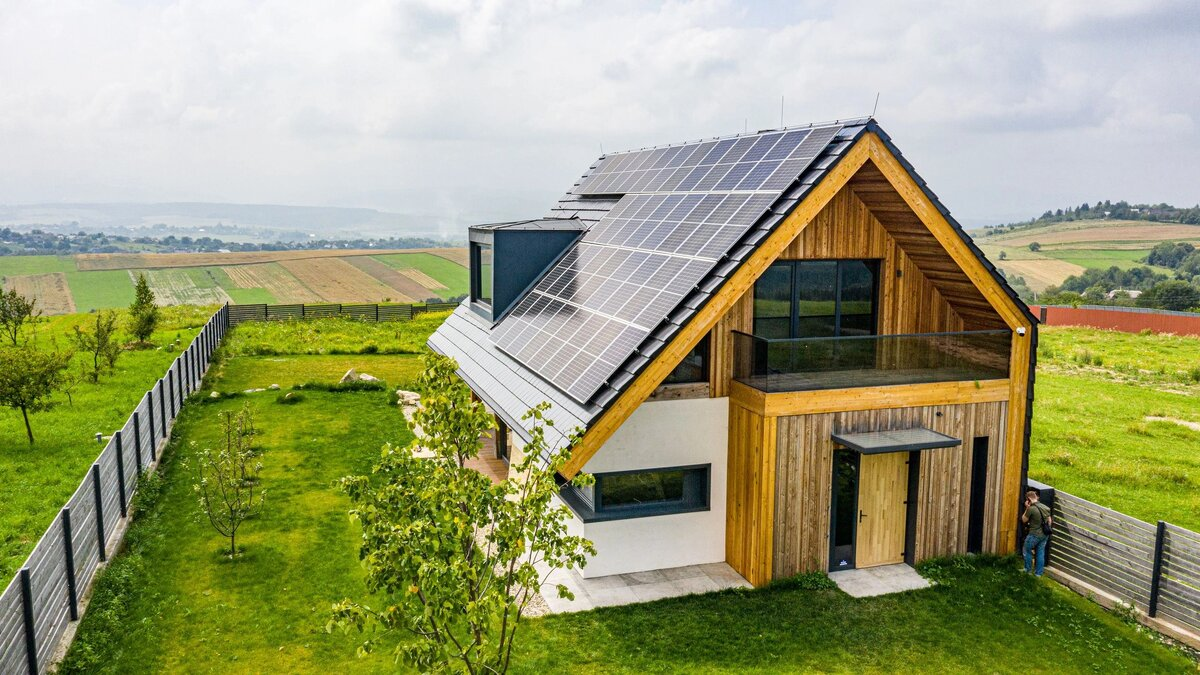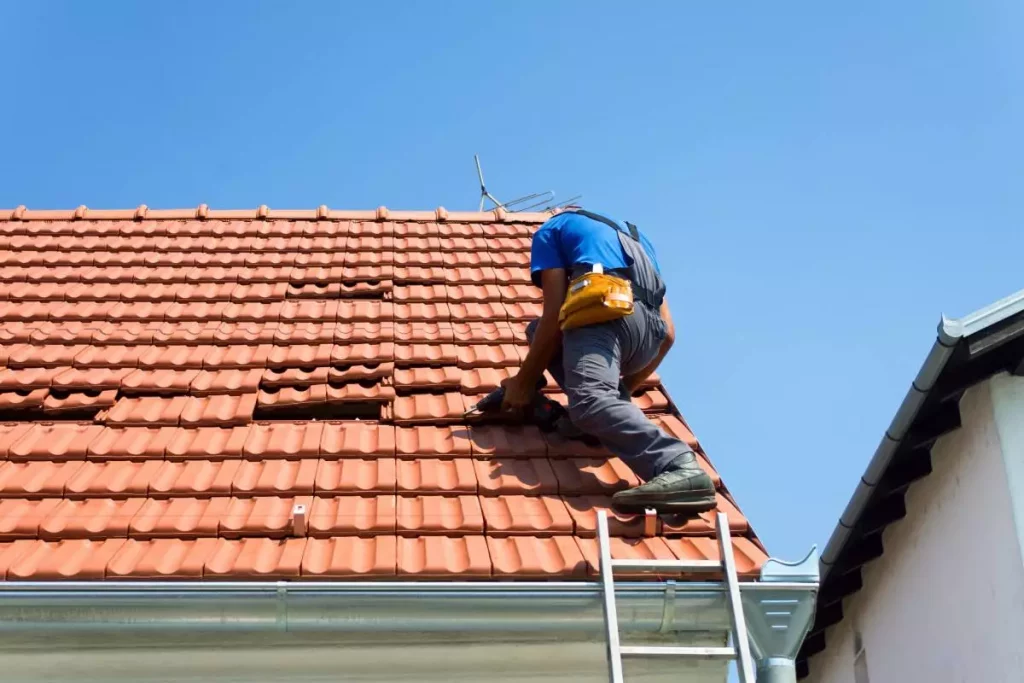Roofing Material Maintenance Tips and Tricks
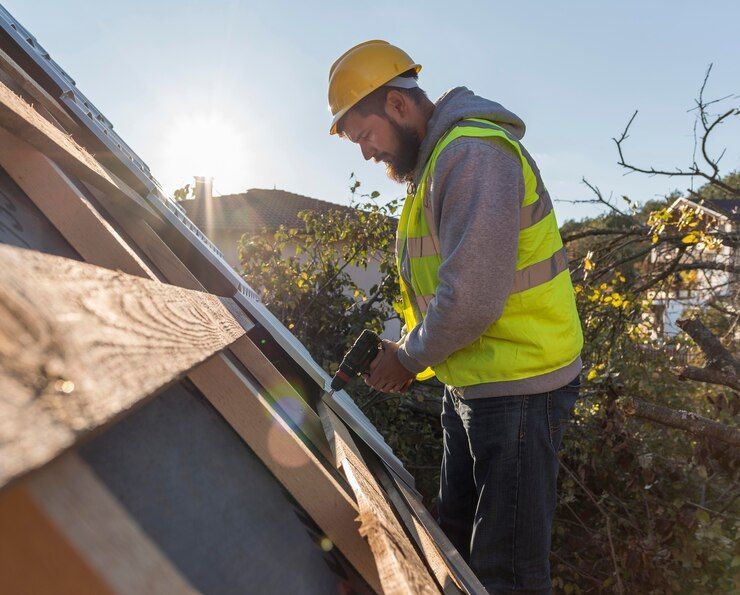
Maintaining the integrity of your roofing material is crucial for the longevity and safety of your home. Whether your roof is adorned with asphalt shingles, metal panels, or clay tiles, regular upkeep can prevent costly repairs and ensure optimal performance.
In this blog, we delve into essential maintenance tips and tricks to help you safeguard your roofing investment effectively. From inspecting for damage after severe weather to clearing debris and ensuring proper drainage, these strategies empower homeowners to stay ahead of potential issues.
Additionally, we'll explore proactive measures such as applying protective coatings and scheduling professional inspections to identify potential problems early on. By implementing these maintenance practices, you not only enhance the aesthetic appeal of your home but also fortify its structural integrity against the elements. Let's dive into the world of roofing material maintenance and equip ourselves with the knowledge to preserve our roofs for years to come.
Conduct Regular Inspections
Regular inspections are the cornerstone of effective roofing maintenance. By conducting thorough examinations of your roof at least twice a year, ideally in the spring and fall, you can catch potential issues early on and prevent them from escalating into costly repairs.
During these inspections, carefully examine the surface of your roof for signs of wear and tear, such as cracked or missing shingles, curling edges, or areas of discoloration. Additionally, inspect the flashing around chimneys, vents, and skylights to ensure they are intact and properly sealed.
Look for any signs of water damage or mold growth in the attic or ceiling as these could indicate leaks or ventilation problems. Regular inspections empower homeowners to stay proactive in maintaining the integrity of their roof and prolong its lifespan.
Clear Debris and Clean Gutters
One of the simplest yet most important maintenance tasks for your roof is clearing debris and keeping gutters clean. Over time, leaves, twigs, and other debris can accumulate on your roof and in your gutters, blocking proper drainage and leading to water pooling and potential water damage.
Regularly remove debris from your roof using a leaf blower or soft-bristled broom, being careful not to damage the roofing material. Additionally, clean out gutters and downspouts to ensure proper water flow away from your home's foundation. Neglecting this task can result in clogged gutters, which may lead to water backing up under the roof's edge, causing rot and deterioration of the roof deck and fascia boards. By keeping your roof and gutters clear of debris, you can prevent water-related issues and extend the lifespan of your roofing system.
Check for Signs of Damage
Checking for signs of damage is an essential part of roof maintenance that should not be overlooked. Regularly inspect your roof for any visible signs of damage, such as cracked, broken, or missing shingles, sagging or uneven areas, or loose or damaged flashing.
Pay close attention to areas where different roofing materials meet, such as valleys and intersections, as these are common areas for leaks to occur. Inside your home, be on the lookout for water stains or mold growth on ceilings and walls, as these can indicate a leaky roof. Addressing signs of damage promptly can prevent further deterioration and more extensive repairs down the line, saving you time and money in the long run.
Address Leaks Promptly
Promptly addressing leaks is essential for preventing water damage and preserving your roof's integrity. If you spot signs of a leak like water stains, musty odors, or dripping water, act fast. Begin by checking your attic or crawl space for water infiltration indicators.
Trace the leak's origin on the roof and evaluate the damage. For minor leaks, patch affected areas with roofing cement or replace damaged shingles. For severe damage or persistent leaks, seek professional help from a roofing contractor to ensure proper repair. Don't delay—swift action can mitigate further damage and safeguard your home.
Trim Overhanging Branches
Overhanging branches can pose a significant threat to the health and integrity of your roof, especially during storms or high winds. Trim back any branches that hang over your roof, as they can scrape against the surface, causing damage to shingles or tiles and potentially leading to leaks.
In addition to preventing physical damage, trimming overhanging branches can also help improve air circulation and reduce the risk of moss or algae growth on your roof. Be sure to trim branches back to a safe distance from your roof, typically at least 6 feet away, to minimize the risk of damage during inclement weather. Regularly inspect trees surrounding your home and trim back branches as needed to protect your roof and prolong its lifespan.
Apply Protective Coatings
Applying protective coatings to your roof extends its lifespan and enhances resistance to the elements. Various coatings, like asphalt sealant for asphalt shingles or elastomeric coating for flat roofs, act as barriers against UV rays, moisture, and temperature fluctuations, preventing premature aging.
Before application, clean the roof surface thoroughly to remove dirt, debris, and algae growth. Follow the manufacturer's instructions to ensure complete coverage and proper adhesion. Reapply coatings every few years to maintain protective properties and prolong your roof's lifespan.
Maintain Proper Ventilation
Proper ventilation is crucial for preserving the health and longevity of your roof and home. Without adequate ventilation, heat and moisture can accumulate in the attic, leading to issues like mold growth, wood rot, and premature aging of roofing materials. To ensure your roof stays in optimal condition, here are some key practices to maintain proper ventilation:
- Install vents: Properly placed vents at the eaves and ridge of the roof facilitate air circulation, allowing heat and moisture to escape from the attic.
- Consider attic fans: Attic fans help exhaust hot air and moisture from the attic space, particularly during hot and humid weather conditions.
- Check for blockages: Regularly inspect vents and fans to ensure they are free of debris and blockages that could hinder airflow.
- Monitor insulation: Proper insulation in the attic helps regulate temperature and reduce the risk of condensation buildup, contributing to better ventilation.
- Schedule professional inspection: Regular inspections by a professional roofing contractor can identify ventilation issues and ensure your roof's ventilation system is functioning effectively.
Maintaining proper ventilation not only extends the lifespan of your roof but also improves energy efficiency and indoor air quality. Don't overlook this essential aspect of roof maintenance—ensure your home stays well-ventilated for years to come.
Schedule Professional Inspections
While regular DIY inspections are essential for maintaining your roof, scheduling professional inspections is equally important. A trained roofing contractor can provide a comprehensive assessment of your roof's condition, identifying any potential issues that may not be apparent to the untrained eye.
Professional inspections typically include a thorough examination of the roof surface, flashing, vents, and gutters, as well as an inspection of the attic or crawl space for signs of water damage or ventilation problems. Based on their findings, the contractor can recommend necessary repairs or maintenance tasks to address any issues and ensure the continued health and integrity of your roof. Schedule professional inspections at least once a year, or more frequently if you live in an area prone to severe weather or have an older roof.
Repair or Replace Damaged Shingles/ Tiles
Damaged shingles or tiles can compromise the integrity of your roof and leave it vulnerable to leaks and other issues. If you notice any signs of damage, such as cracked, broken, or missing shingles, it's essential to repair or replace them promptly to prevent further deterioration. Start by carefully removing the damaged shingles or tiles and inspecting the underlying roof deck for any signs of water damage or rot.
Then, replace the damaged materials with new shingles or tiles, ensuring they are properly secured and sealed to prevent water infiltration. If the damage is extensive or affects a large area of the roof, it may be necessary to enlist the help of a professional roofing contractor to ensure the repair is done correctly. Regularly inspect your roof for signs of damage and address any issues promptly to keep your roof in top condition.
Monitor Sealants and Flashing
Sealants and flashing are vital components of your roof's integrity, ensuring it remains watertight and protected from the elements. Regular monitoring of these elements is essential to prevent water intrusion and potential damage to your home's interior. Here's how you can effectively monitor sealants and flashing:
- Inspect Regularly: Perform visual inspections of sealants and flashing around vents, chimneys, and skylights.
- Look for Signs of Damage: Check for signs of cracking, peeling, or separation from the surface, indicating deterioration.
- Address Issues Promptly: Act quickly to address any issues with sealants or flashing to prevent water infiltration.
- Consider Professional Inspection: Periodically enlist the help of a professional roofing contractor to conduct a thorough assessment.
- Use High-Quality Materials: When replacing sealants or flashing, ensure you use high-quality materials compatible with your roofing system.
Regular monitoring and maintenance of sealants and flashing can help ensure the long-term integrity and performance of your roof, providing peace of mind and protecting your home from costly water damage. Don't overlook these critical components of your roofing system—keep them in top condition to safeguard your investment.
Maintaining your roof is not just about protecting your investment; it's about safeguarding your home and family. With Avalon Roofing Services, you can trust in over 30 years of professional experience serving Manteca.
As an accredited A+ roofing contractor with the Better Business Bureau, we prioritize quality, integrity, and customer satisfaction. Whether it's conducting regular inspections, clearing debris, or addressing leaks promptly, our team is dedicated to ensuring your roof remains in top condition. Don't wait until small issues become costly repairs—take proactive steps to maintain your roof's integrity today.
Contact Avalon Roofing Services at (209) 380-1275 or reach out to us via email at contact@avalonroofing209.com. Let us help you protect what matters most—your home, your investment, and your family. Remember, a well-maintained roof is a source of security and peace of mind for years to come.
